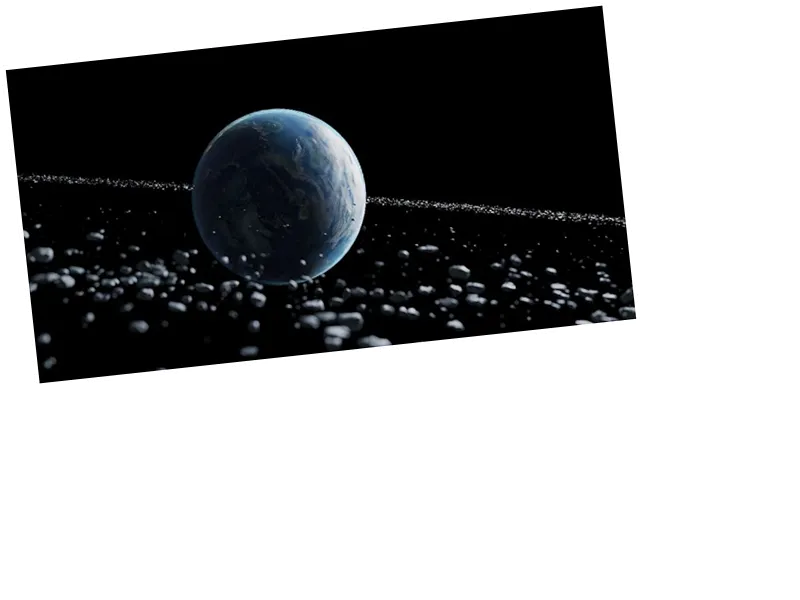Earth May Have Had Rings Like Saturn Half a Billion Years Ago
A groundbreaking study from Monash University suggests that Earth had a ring system similar to Saturn's about 466 million years ago. The research, published in the journal Earth & Planetary Science Letters, proposes that the breakup of a large asteroid within Earth's Roche limit led to the formation of a debris ring during the Middle Ordovician period, which lasted from approximately 485 to 444 million years ago. This hypothesis is supported by geological evidence and a unique distribution of impact craters.
The lead author, Professor Andrew Tomkins, explains that the asteroid's collision with Earth created a debris ring that eventually fell to the planet's surface, contributing to geological formations observed today. Notably, sedimentary limestone layers found in Sweden, China, and Russia contain meteoric debris that is 100 to 1,000 times more than what is typically seen, dating back to 465.7 million years ago. Additionally, the study identified 21 impact craters formed between 466 and 440 million years ago, all located near the equator, which is statistically unusual and suggests a possible ring system.
Tomkins emphasizes that while there may be uncertainties in dating these ancient events, the concentration of craters in one area supports the idea of a ring surrounding Earth. The researchers found that 70% of collisions typically occur at higher latitudes, making the equatorial clustering of craters highly improbable without a ring system influencing their distribution. The material forming this hypothesized ring is believed to be a type of





